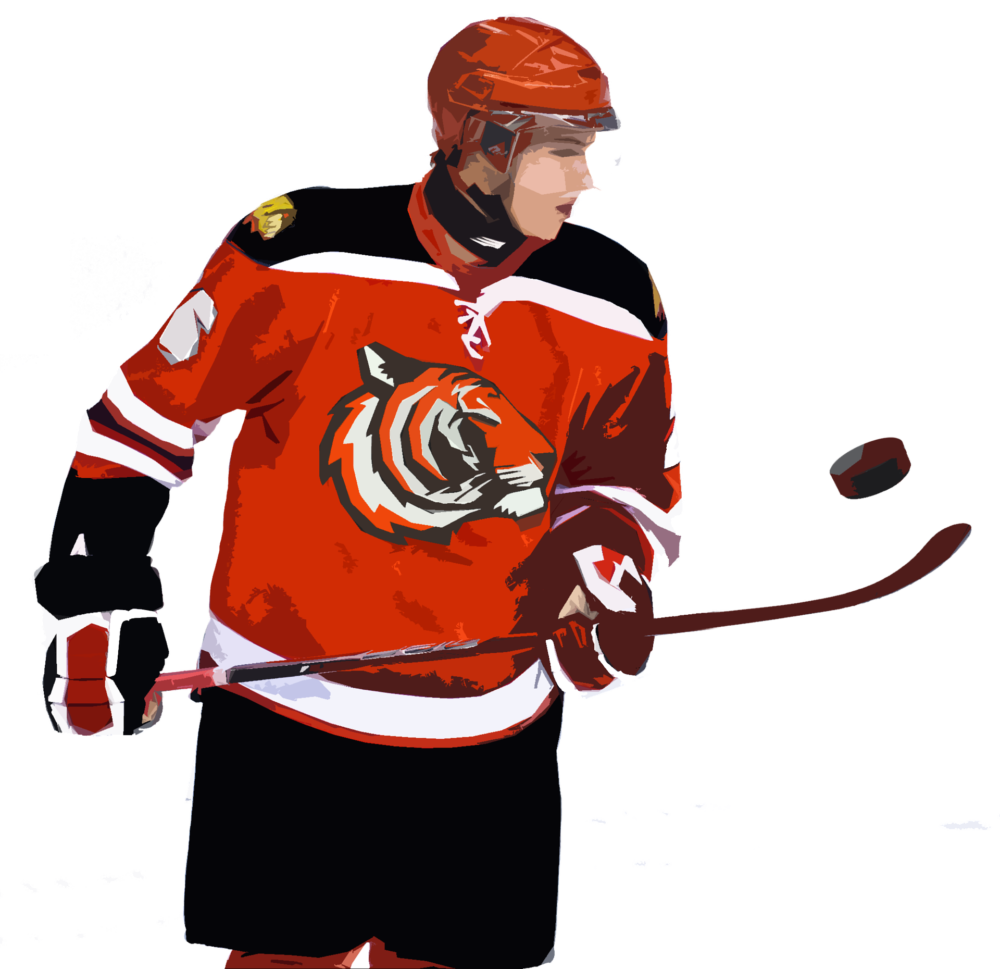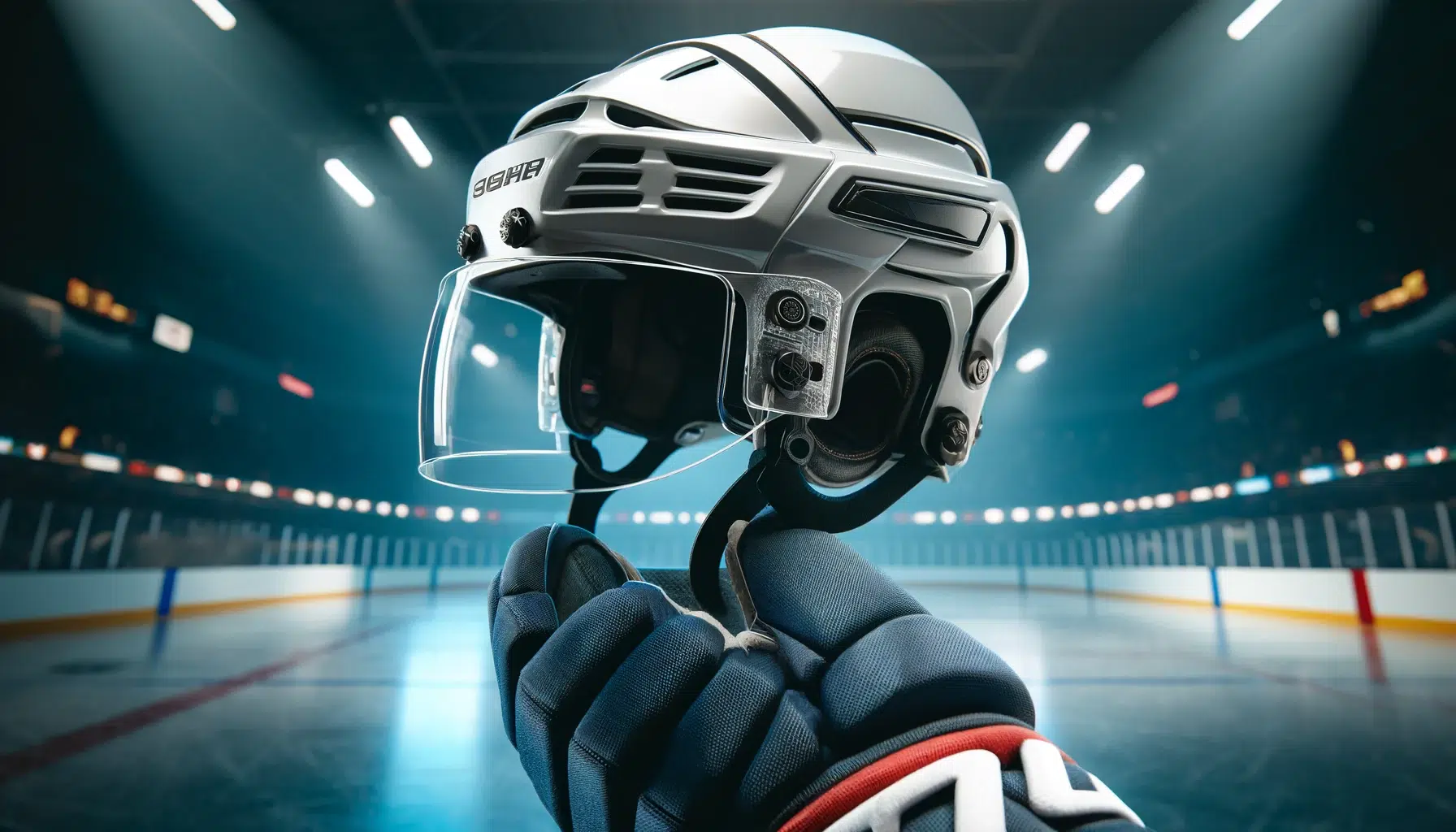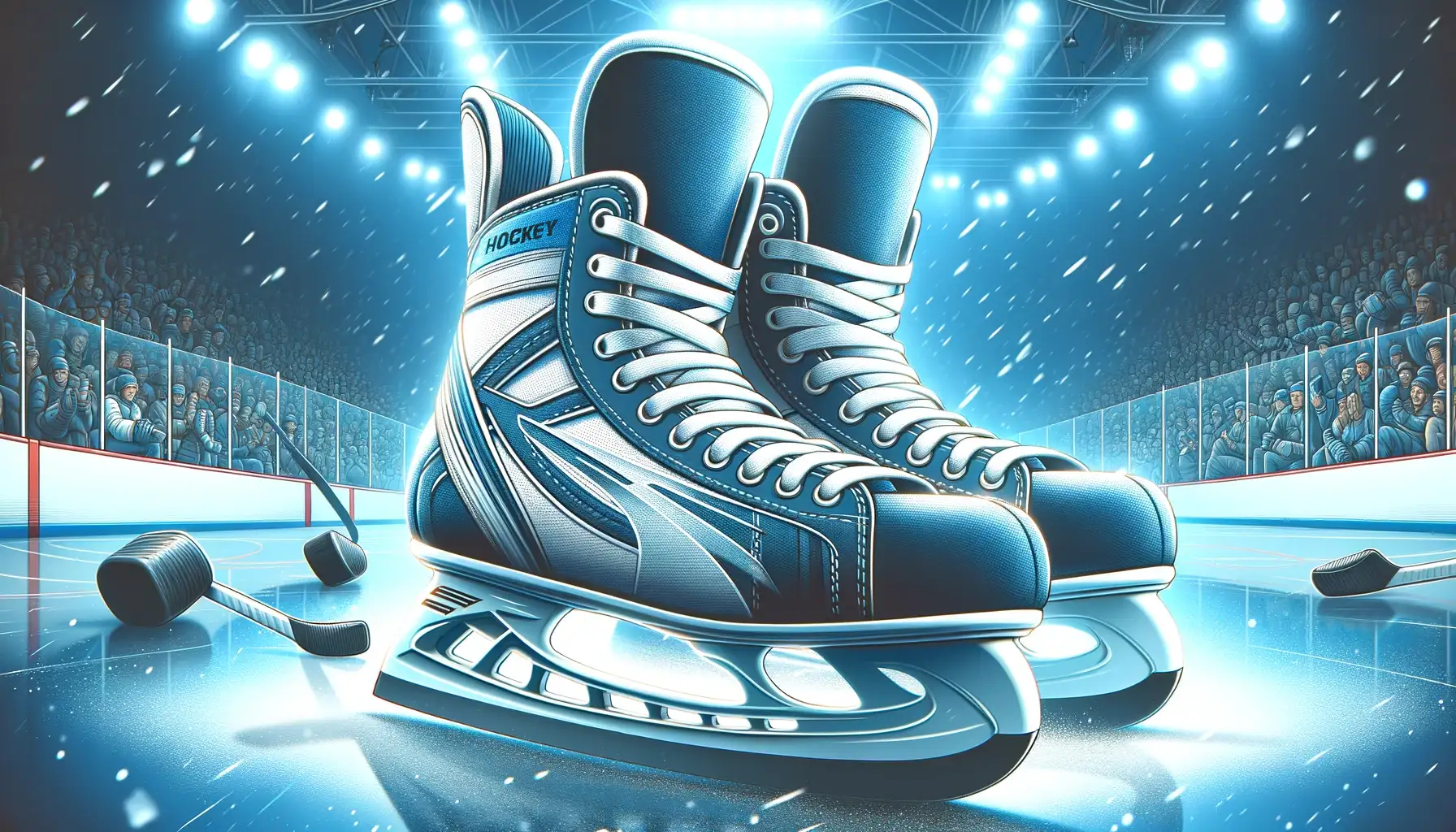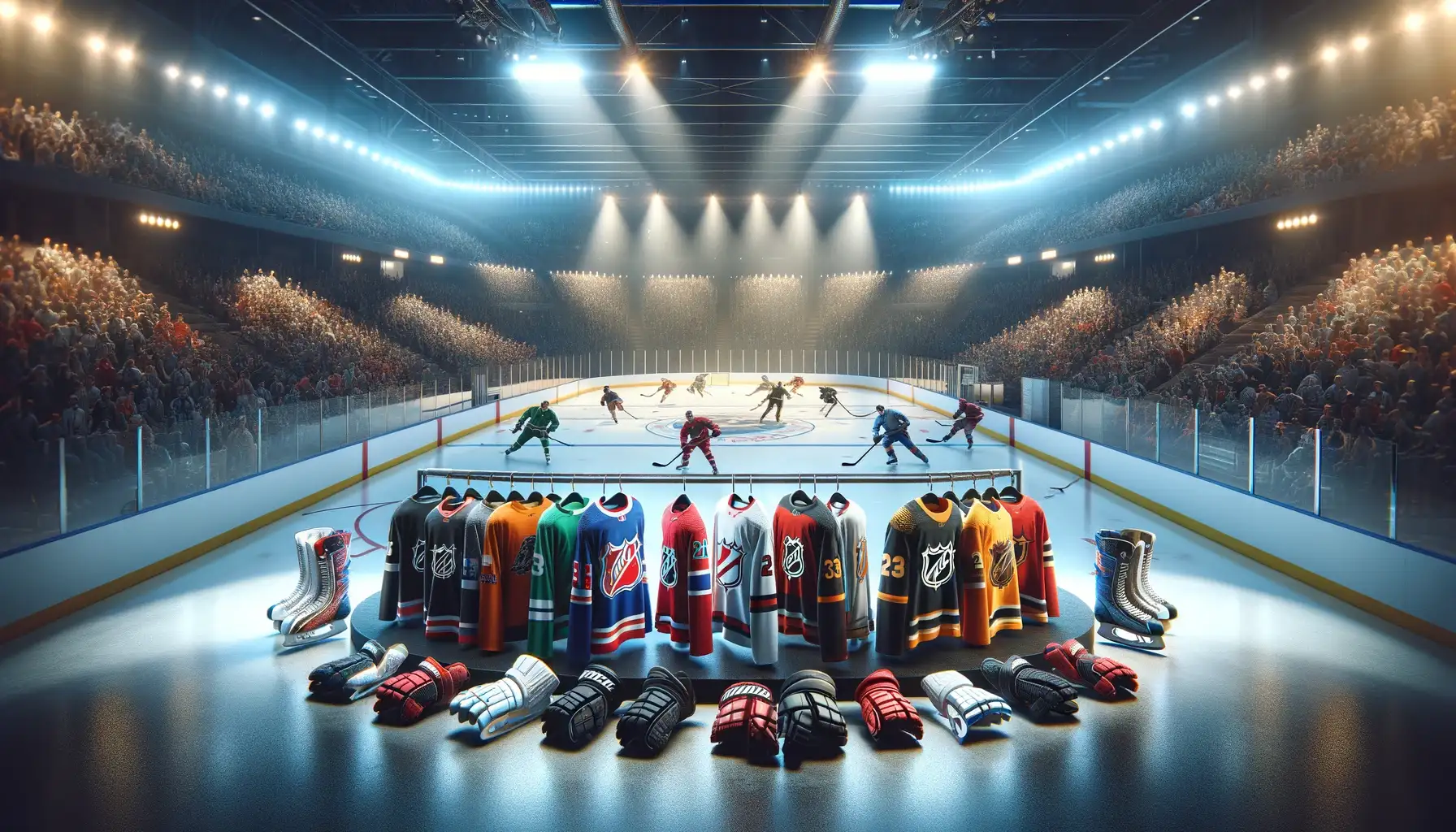Shopping for the best hockey helmet? Whether you’re new to the rink or logging serious minutes every week, finding the right fit can make or break your comfort — and your safety. Brands like Bauer, CCM, Warrior, and True dominate for a reason: each brings something unique to the table, from pro-grade protection to dialed-in fit systems.
This guide cuts through the noise. You’ll get straightforward breakdowns of key technologies, sizing insights, NHL usage stats, and real feedback from players who’ve worn them all. I’ve tested most of these helmets myself — and I’ll share what actually protects, what fits, and what feels right out of the box.
Whether you need your first certified lid or you’re upgrading for more peace of mind, here’s how to choose a helmet that’s built to take the hits — and keep you in the game.
Why Helmets Matter More Than Ever
Concussions and head injuries are a growing concern in every contact sport—and hockey is no exception. I’ve seen players return from serious hits thanks to the right helmet doing its job. One moment that stuck with me: a winger on my local team took a clean hit mid-rink, slammed to the ice, and his helmet cracked—but it saved him from a trip to the ER.
That moment reminded me: you don’t choose a helmet for how it looks—you choose it for how it protects.
🔍 What to Look For in a Hockey Helmet (Selection Criteria)
Before we dive into brands, let’s break down the non-negotiables I look for—and you should too:
-
✅ Safety Certifications: Look for HECC, CSA, or CE certification. These tell you the helmet meets performance and impact standards.
-
🧠 Fit & Adjustability: A helmet should feel snug but not suffocating. Bonus if it has tool-free adjustments for quick tweaks mid-season.
-
🛡️ Shell and Padding Quality: Look for multi-layer foam systems or tech like VTX or EPP foam that absorbs impact effectively.
-
💨 Ventilation: Playing hard = sweating hard. Strategic airflow design keeps your head cool without compromising protection.
-
💰 Price vs. Value: Premium helmets start around $150–$250, but you can find solid mid-range options in the $80–$130 range with good protection and comfort.
Now that you know what to look for in a helmet, let’s dive into the world of hockey brands that dominate the market. Whether you are a newcomer or a seasoned player, the following section will guide you through some of the most sought-after helmet brands, offering insights into their unique features and performance metrics.
Learn more about choosing the right helmet in our guides on How to Buy a Hockey Helmet and Types of Hockey Helmets.
NHL Helmet Usage: Brand Preference Meets Market Reality
Before diving into player-level preferences, here’s a quick look at the global ice hockey helmet market and how it aligns with what we see in the NHL:
-
The ice hockey helmet market is projected to grow from $84 million in 2024 to $97 million by 2030, with a CAGR of 2.4%.
-
Bauer, CCM, Warrior, and TRUE dominate the global space, holding over 80% of total market share — a trend clearly mirrored in NHL player usage.
-
North America is the largest consumer, accounting for 60% of the global demand, followed by China and Europe at around 30% combined.
-
Among product types, helmets for teenagers represent the largest segment (≈50%), while amateur players make up the biggest customer group — with pros being a close second.
These insights confirm that the gear choices made by NHL pros often set the tone for youth and amateur markets worldwide.
Now let’s visualize the real-time brand loyalty of NHL players for the 2024–2025 season:
NHL Helmet Brand Usage By Players (2024–2025)

Key Insights (based on the chart and data):
-
CCM leads with 346 players using their helmets, reflecting their strong reputation for protection and comfort.
-
Bauer closely follows with 328 users, solidifying its status as a top-tier choice for professional athletes.
-
Warrior is growing steadily, used by 68 players, likely due to its innovation in comfort and fit.
-
Easton appears almost phased out, with only 1 user — suggesting it’s no longer a relevant competitor in current NHL gear.
Most Popular Hockey Helmet Brands
Before diving into each brand, here’s a quick side-by-side snapshot of the most trusted ice hockey helmet brands in 2025. This table integrates the latest player usage data, safety innovations, and expert endorsements to help you navigate your options confidently.
| Brand | Popular Helmets | Notable Features | Best For | Top Players Using | Our Rating |
|---|---|---|---|---|---|
| Bauer | Re-Akt 150, Hyperlite, Re-Akt 200, 4500 | Elite comfort, adjustability, pro-level impact protection | Professionals, Elite Players | Sidney Crosby, Patrick Kane | ⭐⭐⭐⭐⭐ |
| CCM | Super Tacks X, Tacks 910, Fitlite 3DS, Resistance | Nest Tech lattice padding, D3O smart foam | All Skill Levels | Connor McDavid, Auston Matthews | ⭐⭐⭐⭐⭐ |
| Warrior | Covert CF100, Alpha One, Alpha LX Pro, PX+ | AdaptFit, EPP foam, heat-moldable inserts | Customization & Mid-Range | Erik Karlsson, Johnny Gaudreau | ⭐⭐⭐⭐ |
| TRUE | Dynamic 9 Pro, TF9, AX9 | MIPS technology, VFT+ foam liner | Concussion-Conscious Players | Jack Eichel, Mathew Barzal | ⭐⭐⭐⭐ |
| Sherwood | T90, T120, 5030 | Budget-friendly, solid build | Recreational/Entry Players | Filip Forsberg, Viktor Arvidsson | ⭐⭐⭐⭐ |
| Reebok | 11K, 9K, 7K | Pump adjustment system, legacy value | Legacy Users & Value Seekers | Claude Giroux, Jonathan Huberdeau | ⭐⭐⭐⭐ |
| STX | Surgeon RX3, Stallion HPR 2, HPR 1.2 | Lightweight build, precision fit | Agility & Quick Movement | Thomas Chabot, Clayton Keller | ⭐⭐⭐⭐ |
| Vaughn | Velocity V10, Ventus SLR2 Pro Carbon | Goalie-specific, extended vision ports | Goaltenders | Andrei Vasilevskiy, Jake Oettinger | ⭐⭐⭐⭐ |
| Easton | E700, Stealth RS, E600 | Lightweight design, strong airflow | Light & Classic Helmet Fans | Jonathan Toews, Zach Parise | ⭐⭐⭐⭐ |
1. Bauer
Dominating Safety, Fit & Innovation
When it comes to helmets, Bauer leads the conversation. Trusted by over 50% of NHL players, their lineup blends comfort, cutting-edge protection, and adaptable fit systems. From elite models like the Re-Akt 150 to all-time classics like the 4500, Bauer offers something for every player.
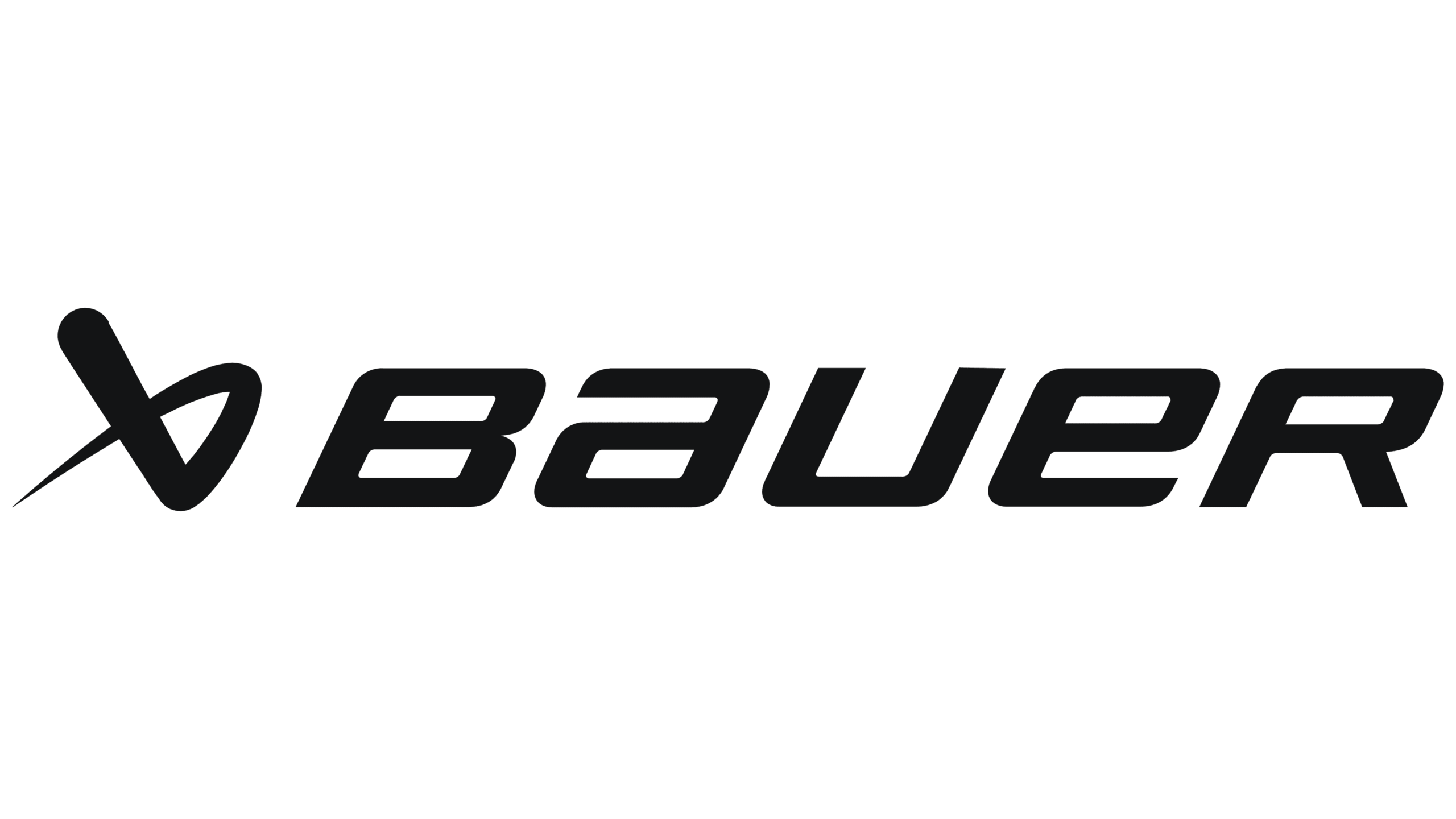
| Key Points | Details |
|---|---|
| Product Range | Spanning from youth to pro-grade, including Supreme, Vapor, and Re-Akt series. |
| Technology | VTX foam, Suspend-Tech liner, FreeForm Adjustment System, and lightweight shell design. |
| User Experience | Known for out-of-box comfort, moisture-wicking liners, and customizable fit. |
| Top NHL Users | Sidney Crosby, Patrick Kane, Artemi Panarin. |
| Best For | Competitive players looking for top-tier impact resistance and comfort. |
My Take: Bauer helmets set the gold standard. Whether you’re an elite player or weekend warrior, their range of safety technologies and consistent comfort make them a top-tier investment. Learn more about fit in our Hockey Helmet Sizing Guide
2. CCM
Elite Comfort, Pro-Level Protection
CCM has remained a top contender in the helmet space by prioritizing comfort and cutting-edge safety technology. Their flagship Super Tacks X uses Nest Tech — a 3D-printed lattice liner that conforms to your head while dissipating impact energy.

| Key Points | Details |
|---|---|
| Product Range | Includes Super Tacks X, Fitlite 3DS, Tacks 910, Resistance series. |
| Technology | D3O Smart Material, Nest Tech, I.Q.Shion foam, multi-density liner systems. |
| User Experience | Highly rated for comfort, fit, and breathability. Players note reduced pressure points. |
| Top NHL Users | Connor McDavid, Auston Matthews, Seth Jones. |
| Best For | All-around players who want elite-level safety, especially for fast-paced gameplay. |
My Take: CCM helmets are purpose-built for players who demand both comfort and protection. Their safety-first design and pro-level fit make them an excellent option for youth, intermediate, and elite athletes.
3. Warrior
Heat-Molded Fit Meets Innovation
Warrior brings a unique edge with their AdaptFit and EPP foam liner systems. Their helmets—like the Covert CF100 and Alpha One—are praised for heat-moldable comfort and advanced ventilation.

| Key Points | Details |
|---|---|
| Product Range | Alpha LX Pro, Covert CF100, PX+, Alpha One. |
| Technology | AdaptFit 360, Flow Comfort Polymers, EPP foam. |
| User Experience | Players love the adjustable interior and moldable padding. Especially great for odd-shaped heads. |
| Top NHL Users | Erik Karlsson, Johnny Gaudreau, Ryan Strome. |
| Best For | Players seeking a moldable, secure fit with mid-to-high level impact protection. |
My Take: Warrior’s heat-fit technology adds a truly custom feel—especially helpful for players who struggle with stock helmet shapes.
4. True
Lightweight, MIPS-Equipped, Player-Approved
A newer name in helmets, True has quickly become a favorite among players prioritizing concussion protection. Their MIPS-equipped Dynamic 9 Pro is one of the most advanced helmets on the market
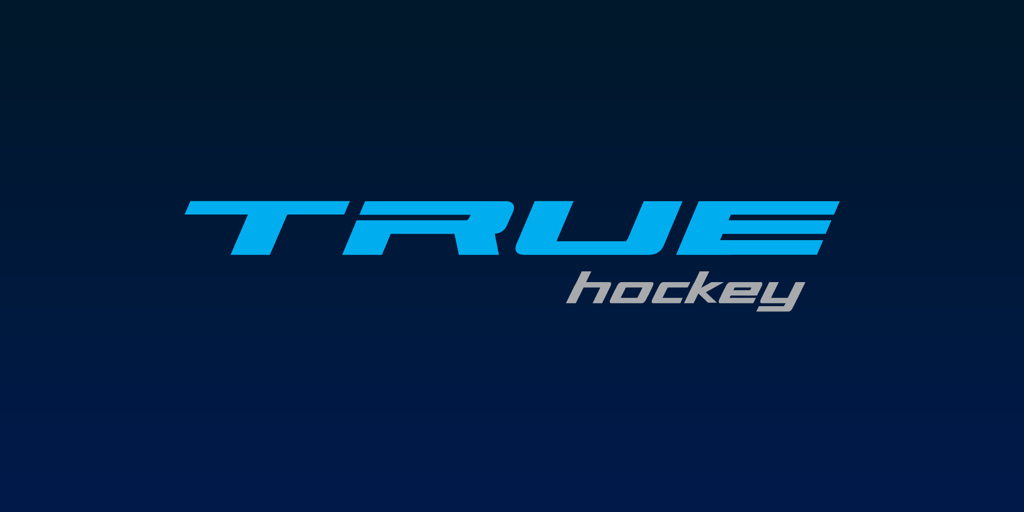
| Key Points | Details |
|---|---|
| Product Range | True offers a range of helmets, including the popular True Dynamic helmet line, designed for comfort and performance. |
| Technology and Innovation | True’s helmets feature innovative designs and materials, with a focus on fit, protection, and customization. |
| User Experience | Players using True helmets appreciate their lightweight design and the ability to customize the fit to their liking. |
| Top Players Who Use True Helmets | True helmets are becoming increasingly popular among players looking for a customizable and comfortable option. |
| Best For | True helmets are suitable for players seeking a lightweight and customizable helmet that doesn’t compromise on safety. |
My Take: True’s entrance into helmets raised the bar for safety-focused innovation. If concussion history is a concern, this is one of the most promising options.
5. Sherwood
Sherwood is a heritage-rich brand that’s quietly consistent in delivering value-driven, dependable gear — and their helmets are no exception. Known for comfort, simplicity, and affordability, Sherwood is often the go-to brand for players who want solid protection without flashy gimmicks.

| Key Points | Details |
|---|---|
| Product Range | Sherwood offers practical models like the T90 and 5030, ideal for casual to competitive play. |
| Technology & Innovation | Focuses on tried-and-true protective foams and shell materials, emphasizing durability and comfort. |
| User Experience | Users praise the traditional fit and no-fuss design. Great ventilation and snug feel for the price. |
| Top Players Using | While not as common in the NHL today, Sherwood still sees loyalty from traditionalists and minor-league pros. |
| Best For | Budget-conscious players or those who prefer a traditional fit over flashy tech. |
My Take: Sherwood helmets may not have the hype of the newer brands, but they punch above their weight in comfort and reliability. They’re a smart choice for players who want safety and heritage in one.
6. STX
STX is a respected brand known for its excellence in the lacrosse equipment market, and they have extended their expertise to produce hockey gear as well. STX hockey helmets are designed with a focus on protection and comfort, making them a reliable choice for players.

| Key Points | Details |
|---|---|
| Product Range | Includes the Surgeon RX3 and Stallion HPR lines, built for balance and lightweight feel. |
| Technology & Innovation | Uses Dri-Lex liners for moisture control, and impact-resistant EPP foams for core protection. |
| User Experience | Players love the lightweight construction and precise fit, especially for fast-paced skaters. |
| Top Players Using | Seen increasingly at competitive and collegiate levels, especially among versatile forwards. |
| Best For | Agile players who want lightweight helmets with modern safety enhancements. |
My Take: STX helmets are quietly becoming a favorite for players who need speed and smart engineering. They may fly under the radar, but their gear holds up exceptionally well — especially if you’re all about agility and comfort.
7. Easton
Classic Comfort with Lightweight Design
Easton, a revered name in the ice hockey arena, is distinguished for its unwavering dedication to quality and innovation in helmet design. With a reputation for crafting top-notch equipment, Easton helmets are trusted by players seeking the perfect blend of performance and safety on the ice.

| Key Points | Details |
|---|---|
| Product Range | Stealth RS, E700, E600 series (available used or closeout). |
| Technology | Dual-density foam, ultra-lightweight polycarbonate shells. |
| User Experience | Praised for airflow and comfort. Many older players swear by the E700’s balance. |
| Top NHL Users | Jonathan Toews, Zach Parise (historically). |
| Best For | Budget-minded or retro players who prioritize weight and breathability. |
My Take: If you can find a gently used or new-in-box Easton helmet, it’s worth grabbing for its legacy comfort. Just be sure it meets current certification standards.
Exploring Other Noteworthy Ice Hockey Helmet Brands
While Bauer, CCM, Warrior, and other major players dominate most gear guides, there are a few under-the-radar brands that deserve more attention — especially if you’re after something niche, specialized, or budget-conscious.
A&R
A&R is best known for their hockey accessories, but they also produce entry-level helmets. While these don’t compete with high-end models in terms of innovation, they’re solid for casual players or beginners who need basic certified protection.
-
Best for: Rec leagues, beginners, or players who want a backup helmet.
-
Pros: Affordable, meets essential safety standards.
-
Cons: Limited customizability and lower-tier materials.
Reebok
Although Reebok hockey helmets are no longer in active production (after being absorbed into CCM), their legacy models — like the Reebok 11K — are still circulating in the resale market and are well-regarded for fit and comfort.
-
Best for: Players who prefer a traditional design with proven protection.
-
Pros: Custom-fit pump system, solid build quality.
-
Cons: No ongoing updates or support; legacy models only.
Vaughn
Vaughn focuses primarily on goalie gear, and their goalie helmets are no exception — they’re built for high-velocity impacts with features that prioritize visibility and neck mobility.
-
Best for: Goaltenders looking for specialized protection.
-
Pros: Reinforced shell design, excellent shock absorption.
-
Cons: Less variety for non-goalie players.
Mission
Although Mission helmets are harder to find in today’s market, they were once known for their high-tech designs and commitment to player safety. You may still spot some Mission gear floating around secondary markets.
-
Best for: Players interested in legacy gear with a strong safety rep.
-
Pros: Innovative for their time, good fit profile.
-
Cons: No current model line or support.
Helmet Features and Customizability
1. Adult vs. Junior Helmets
The primary difference is size and level of protection. Adult helmets may offer more advanced padding options, but both types should meet certifications like HECC, CSA, and CE.
-
Junior helmets: Lighter, full-face cages by default.
-
Adult helmets: More variety in fit and face protection (cage, visor, or open-face).
2. Size and Fit
Getting the right fit is non-negotiable. A poorly fitting helmet doesn’t just hurt comfort — it puts your safety at risk.
Hockey Helmet Sizing Chart
The table below helps you find your ideal helmet size based on head circumference:
| Head Circumference (in inches) | Helmet Size |
|---|---|
| 19.2 – 20.4 | Small |
| 20.4 – 22.8 | Medium |
| 22.8 – 25.2 | Large |
Tool-Free Adjustments: Many helmets now feature quick-adjust systems (like Bauer’s Occipital Lock or Warrior’s Dial Fit) so you can tweak the fit mid-game — a big plus for growing players.
Fit Tip: Use a soft tape measure just above your eyebrows and around the widest part of your head for an accurate measurement.
If you’re new to buying helmets, our article on How to Buy a Hockey Helmet can help guide you through the process.
Price Range and Considerations
Whether you’re a first-time buyer or upgrading for performance, your budget will influence the features available to you. Here’s a quick breakdown:
Budget Helmets ($30–$70)
-
Pros: Meets minimum safety standards; great for casual or youth play.
-
Cons: Fewer adjustment features; less advanced materials.
Mid-Range Helmets ($70–$150)
-
Pros: Balanced performance and comfort. Most feature adjustable liners and decent ventilation.
-
Cons: May not include top-tier concussion-reducing tech.
Premium Helmets ($150+)
-
Pros: Lightest weight, best impact absorption (like CCM’s Nest Tech or Bauer’s VTX foams), high breathability, and moisture control.
-
Cons: Higher upfront investment.
Factors That Influence Helmet Price
Several factors can influence the price of an ice hockey helmet:
Factor Description
- Protection Level More padding layers, rotational impact systems, or MIPS-like tech raise cost.
- Weight Lighter materials like carbon composite typically come at a premium.
- Comfort Features Tool-free adjustability, memory foam liners, and antimicrobial fabrics add value.
Pros and Cons by Brand
-
Bauer: Leading in comfort, fit, and pro endorsements. The RE-AKT 150 remains one of the best all-round helmets.
-
CCM: Strong in protection and value across all levels, with standout options like the Super Tacks X.
-
Warrior: Excellent for customization and adaptable fit systems. Great for players who like dialing in exact preferences.
-
True: Highly rated for concussion protection, especially the Dynamic 9 Pro.
-
STX: Best in lightweight agility-focused builds. Still growing but gaining respect fast.
Best Helmets for Concussion Protection
1. True Dynamic 9 Pro
Built for advanced impact absorption using MIPS-like technology and EPP foams. Lightweight, with an adjustable fit system — a top choice for serious players focused on safety.
2. CCM Super Tacks X
Features CCM’s Nest Tech 3D-printed liner for maximum airflow and multi-layer protection. Highly rated for reducing rotational and direct impacts.
How do I know my hockey helmet size?
Use a flexible tape to measure the circumference of your head, then consult brand-specific sizing charts.
How much do hockey helmets cost?
Anywhere from $30 to $300+, depending on features and safety tech.
What brands make the best hockey helmets?
Bauer, CCM, Warrior, and True top the charts for innovation, fit, and protection.
Which helmets are best for concussion prevention?
True Dynamic 9 Pro and CCM Super Tacks X lead the pack.
What helmet do NHL players use?
Most NHL players wear high-end Bauer (Re-Akt, Hyperlite) or CCM (Tacks, Resistance) models.
Are premium helmets worth it?
If you play often or at a high level — absolutely. You’re paying for safety, weight, and long-term comfort.
What is CCM in hockey?
A top-tier brand offering helmets, skates, and protective gear known for safety and fit.
What makes a helmet ‘certified’?
Certification bodies like CSA, HECC, and CE ensure helmets meet performance and safety standards.
Can I attach a cage or visor to any helmet?
Most modern helmets accommodate both, but double-check the product specs to be sure.
How often should I replace my helmet?
Every 5–7 years, or immediately if damaged. Helmets lose protective quality over time.
Final Thoughts
If you’re just getting into the sport, a mid-range model like the CCM Tacks series offers the right blend of safety, fit, and affordability. For more seasoned or competitive players, premium picks like the Bauer RE-AKT or True Dynamic 9 Pro give you the tech and comfort needed for all-out play.
The right helmet isn’t just a gear choice — it’s a long-term investment in your safety and performance on the ice.
To explore more about ice hockey, you can read our other articles on Ice Hockey Rules, Ice Hockey Positions, and Off-Ice Training.
Further Resources and References
- Youtube Video
- CCM Super Tacks X Helmet vs Bauer Hyperlite Hockey Helmet
- Global market insights on ice hockey helmets
- Reddit discussion on the best hockey helmets
- Market report on the global ice hockey helmet industry
- Top-selling hockey helmets on SidelineSwap

